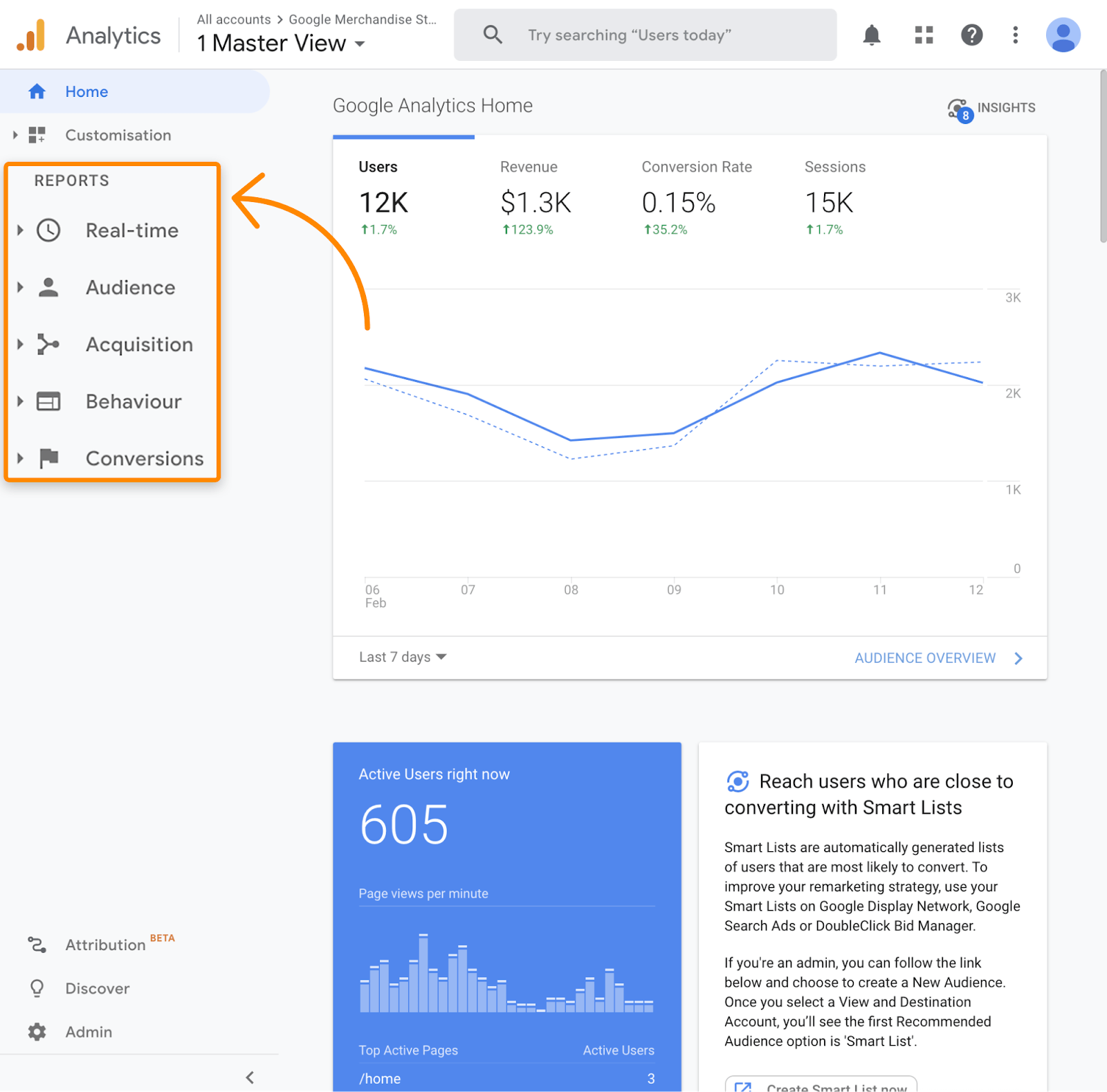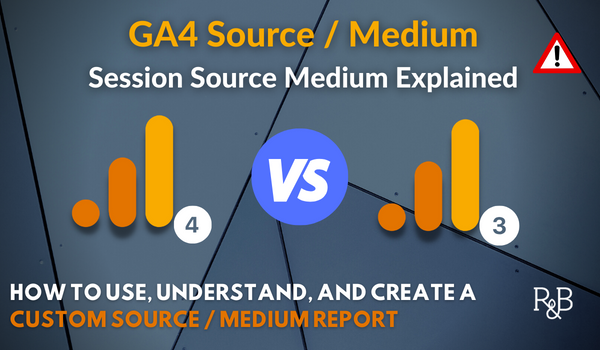The Function of Secondary Dimensions in Google Analytics: Meaning and Insights for Advanced Information Evaluation
The Function of Secondary Dimensions in Google Analytics: Meaning and Insights for Advanced Information Evaluation
Blog Article
Revealing the Impact of Additional Dimension in Google Analytics on Information Analysis and Insights
In the world of data analytics, the application of second dimensions within Google Analytics has arised as a crucial device for removing much deeper insights and unraveling facility patterns that might otherwise remain covered. By peeling back the layers of key information sets, secondary measurements supply a nuanced perspective that improves the understanding of customer behavior, web site performance, and the efficiency of marketing approaches. The real effect and untapped potential of additional dimensions are usually underestimated, eclipsed by the allure of primary metrics. As we browse via the intricate landscape of data analysis, the significance of additional measurements ends up being increasingly obvious, clarifying critical information that hold the trick to educated decision-making and tactical optimizations.
Checking Out the Concept of Secondary Dimensions
Secondary measurements in Google Analytics provide additional insights by allowing individuals to examine key information along with an additional attribute. This feature makes it possible for a much more complete understanding of the key information by including another layer of details for analysis. By including second measurements, customers can dig deeper right into the information and discover valuable correlations that could or else go undetected. By combining the key data of site web traffic with second dimensions like demographics or actions, online marketers can obtain a more extensive sight of their target market and tailor their techniques accordingly.
By exploring the different secondary measurements available in Google Analytics, customers can unlock new understandings and maximize their digital advertising and marketing efforts. In essence, secondary measurements offer as an effective device for boosting information evaluation and driving actionable results.
Enhancing Information Analysis With Second Dimensions
Having actually established the foundational understanding of second dimensions in Google Analytics and their pivotal duty in data analysis, the emphasis now changes towards leveraging these secondary credit to boost the interpretation of analytics data (what is a secondary dimension in google analytics). By including additional dimensions right into data evaluation, experts can gain much deeper insights right into individual behavior, internet site performance, and advertising efficiency

In addition, secondary measurements assist in contextualizing key data metrics by giving added layers of details. This contextualization help in understanding the 'why' behind the data fads, helping experts make educated choices and optimizations to enhance general efficiency. Eventually, incorporating second dimensions improves the data analysis process, resulting in even more significant understandings and calculated actions.
Uncovering Hidden Insights Via Secondary Measurements
Checking out the depths of analytics information with secondary measurements reveals beneficial understandings that would or else stay obscured. By integrating secondary measurements in Google Analytics, companies can discover concealed patterns, patterns, and relationships that provide a more comprehensive understanding of individual habits and website performance. These additional layers of data enable analysts to dig much deeper right into the primary dimensions, such as web traffic resources or landing pages, and get a more nuanced point of view on how various variables connect with each other.
Via making use of second dimensions, experts can sector and contrast data across numerous dimensions, enabling them to recognize specific elements that affect customer interaction, conversion rates, and general success metrics. As an example, by coupling the primary dimension of 'device category' with the additional dimension of 'age,' marketers can identify which age demographics favor accessing the site with mobile devices versus desktops. This level of granularity encourages companies to make data-driven decisions and optimize their strategies for much better outcomes. Eventually, revealing covert insights via secondary measurements boosts the deepness and accuracy of information check that evaluation, causing more enlightened decision-making and boosted efficiency end results.
Leveraging Secondary Measurements for Actionable Analytics
Building upon the understandings unveiled with secondary measurements in Google Analytics, companies can currently harness this enriched data landscape to drive workable analytics and tactical decision-making. By leveraging second measurements, organizations can delve much deeper right into their data to remove valuable patterns, fads, and correlations that might have previously gone undetected. This deeper level of evaluation enables services to gain a much more comprehensive understanding of individual actions, campaign performance, and general internet site effectiveness.
One key benefit of using secondary dimensions for actionable analytics is the capacity to section information based upon specific requirements. This division allows businesses to tailor their campaigns and approaches to different audience groups, leading to extra targeted and effective advertising and marketing efforts - what is a secondary dimension in google analytics. Furthermore, additional measurements give a more holistic sight of customer interactions, allowing organizations to optimize their site web content, design, and general user experience
Taking Full Advantage Of Decision-Making With Second Measurements
To enhance calculated decision-making in analytics, leveraging secondary measurements in Google Analytics can give an extra nuanced viewpoint on customer actions and project efficiency. By integrating additional dimensions right into information analysis, services can dive much deeper into the specifics of their site visitors' communications and involvement patterns. This extra layer of information enables for an extra extensive understanding of just how different variables, such as demographics, tools, or traffic sources, effect essential performance signs.

Verdict
In verdict, making use of secondary measurements in Google Analytics plays an important role in improving information analysis and revealing covert understandings. By exploring this principle, one can acquire a much deeper understanding of user habits and make informed decisions based upon actionable analytics. Leveraging second dimensions allows for an extra detailed interpretation of information and takes full advantage of the effectiveness of decision-making processes.

Report this page